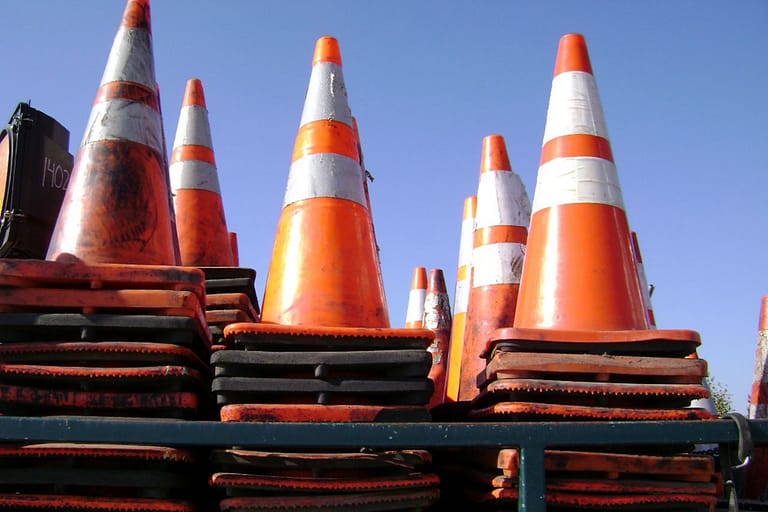Toolbox Talk: Eliminations of Hazards
September 4, 2020

When discussing how to mitigate hazards in the workplace there is a hierarchy of controls that is often referred to. The safeguards we use to control hazards fall into the various levels on the hierarchy. The hierarchy of controls outlines the safeguards used to mitigate a hazard from most effective to least effective. A common version of the hierarchy from most effective to least effective control is listed as: elimination, substitution, engineering controls, administrative controls, and PPE (personal protective equipment). Elimination should always be considered first when attempting to mitigate hazards in the workplace.
Relying on Lower Levels of Controls
If we do not first attempt to eliminate or use effective engineering controls to protect ourselves against hazards, we have to resort to using some type of PPE or another less effective safeguard. This is not an effective way to prevent injuries and accidents. Safeguards that would fall under the PPE level of the hierarchy of controls are far less effective than safeguards that eliminate or engineer out hazards. An example would be relying on a pair of gloves to protect your fingers from a pinch point hazard instead of ensuring there is proper guarding around the pinch point. PPE should always be considered the last line of defense and employees should have this mindset as well.
Elimination
Elimination of hazards is the most effective way to protect employees against injuries. However, far too often companies or individual employees do not take the time to plan out work tasks or the time to actually eliminate the hazards they are faced with. Everyday millions of workers are faced with hazards that they do not need to be exposed to. Proper planning of work, thinking about alternative safer ways to complete a work task, and allocating the necessary resources to complete the task are some of the first steps supervisors can take to begin to eliminate hazards. At the worker level, hazard recognition and the elimination mindset is important to ensure any additional hazards are eliminated.
Quick Examples of Eliminating Hazards
- John Smith sees a hammer hanging half way off of a piece of equipment that is being worked on and tells the mechanic it is up there. Instead of just not trying to knock the hammer off the elevated surface the mechanic decides to remove it and put it back on the tool bench. This ensures he or anyone else will not be struck by it falling.
- Two cooks have cut their fingers while sharpening knives at XYZ Restaurant. The manager of the restaurant decided to make a new policy that knife sharpening is completed by a third party company and not by the cooks in the restaurant. The sharpeners are removed from the restaurant and the cooks are trained on the new policy.
- ACME Construction Company is excavating and moving excessive dirt for a footer of a large warehouse. Due to excessive rain, the site conditions make it very dangerous for dump trucks to operate. The superintendent decides to shut down dump trucks for the day and have only the dozer operators to come in to dress up the site.
Discussion points:
-Are there hazards that we are relying on PPE or a lower level control to mitigate the hazard instead of eliminating it completely?
-Is there any other example of eliminating hazards that you can think of?
